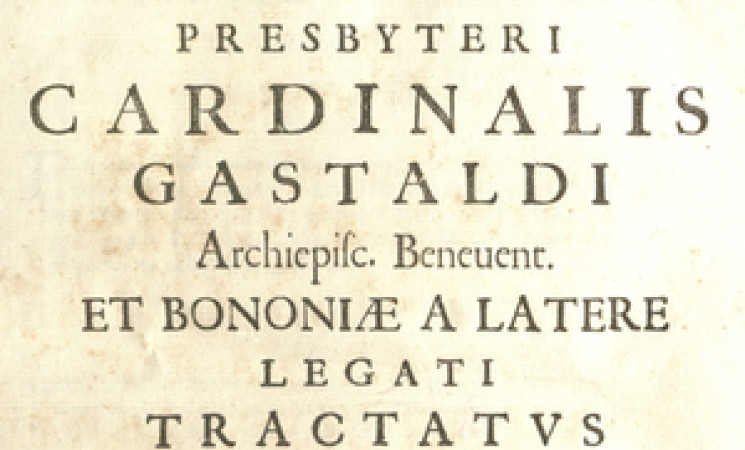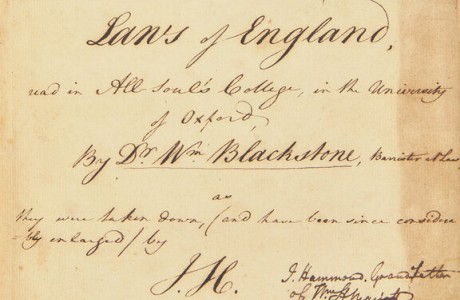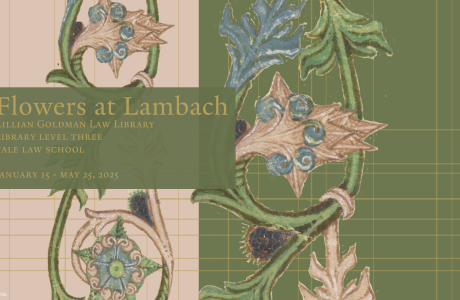Epidemics and quarantines in 17th-century Rome

To mark the 12th anniversary of the Yale Law Library Rare Books Blog, I direct your attention to a book of ours that is, unfortunately, rather timely. The book is Girolamo Gastaldi’s Tractatus de avertenda et profliganda peste politico-legalis (Bologna, 1684), a massive folio of almost a thousand pages that is considered one of the most important early treatises on quarantines.
The book publishes the text of over 260 public health regulations (in Italian and Latin) for the city of Rome, covering not only quarantines but also topics such as architectural prevention measures, public notices, food markets, hospitals, prisons, travel restrictions, beggars, cemeteries, and the Jewish Ghetto of Rome. The book also includes an account of the plague which devastated Italy in 1656, and a medical commentary on the plague.
Cardinal Gastaldi (1616-1685) wrote from experience. As the commissioner of public health under Pope Alexander VII, he was in charge of Rome’s response to the 1656 plague epidemic. His efforts were considered a resounding success because only 4,500 died in Rome (about 8% of the population), compared to the 150,000 who died in Naples and 50,000 in Genoa, representing over half of their respective populations. As a result of his work, Gastaldi received the cardinal’s hat in 1673 and was named archbishop of Benevento in 1680.
Gastaldi’s treatise adds to our collection of early Italian statutes, but those who know me won’t be surprised to learn that I acquired the book as much for its illustrations as for its text. A few of the 47 engraved plates are shown below. There is a map of the Trastevere neighborhood of Rome, and a more detailed map of the area around St. Paul’s Outside the Walls (San Paolo fuori le Mura), one of Rome’s four Papal Basilicas and the largest church in Rome after St. Peter’s Basilica. Since it was “outside the walls” of the city, St. Paul’s was considered an appropriate site for the burial of plague victims.
Of special interest are the engravings of the several gates to the city of Rome, which were critical points for enforcing the quarantine. Some of them, like the Porta San Sebastiano, are still important landmarks in Rome, while others like the Porta Angelica were demolished long ago.
For a summary of the 1656 plague in Rome and Gastaldi’s efforts, see Pierina Ferrara, “Women in Times of Plague: Economic Conditions and and Social Change in 17th Century Rome,” in I Congresso Histórico Internacional - As Cidades na História: População (2012), volume 3, pages 373-385.
– MIKE WIDENER, Rare Book Librarian

A map of the Trastevere neighborhood of Rome at the time of the 1656 plague epidemic, with north to the left. The gray area at the upper left is the Jewish Ghetto. See a high-resolution image in our Flickr site.

The area around the Papal Basilica of St. Paul’s Outside the Walls (San Paolo fuori le Mura), with north at the bottom. The basilica encloses the tomb of St. Paul the Apostle. The mass graves for plague victims are marked “C” and “F”. See a high-resolution image in our Flickr site.

The 1700-year old Porta San Sebastiano, sitting astride the Appian Way, was the principal gateway into the city of Rome for centuries. Today it is the largest and best-preserved gate in the Aurelian Walls.

The Porta Angelica, built in the 1560s, was once a principal entry point for pilgrims. Located just outside the northeast walls of the Vatican, it was demolished in 1888.

Girolamo Gastaldi, Tractatus de avertenda et profliganda peste politico-legalis (Bologna: Manolessi, 1684).


